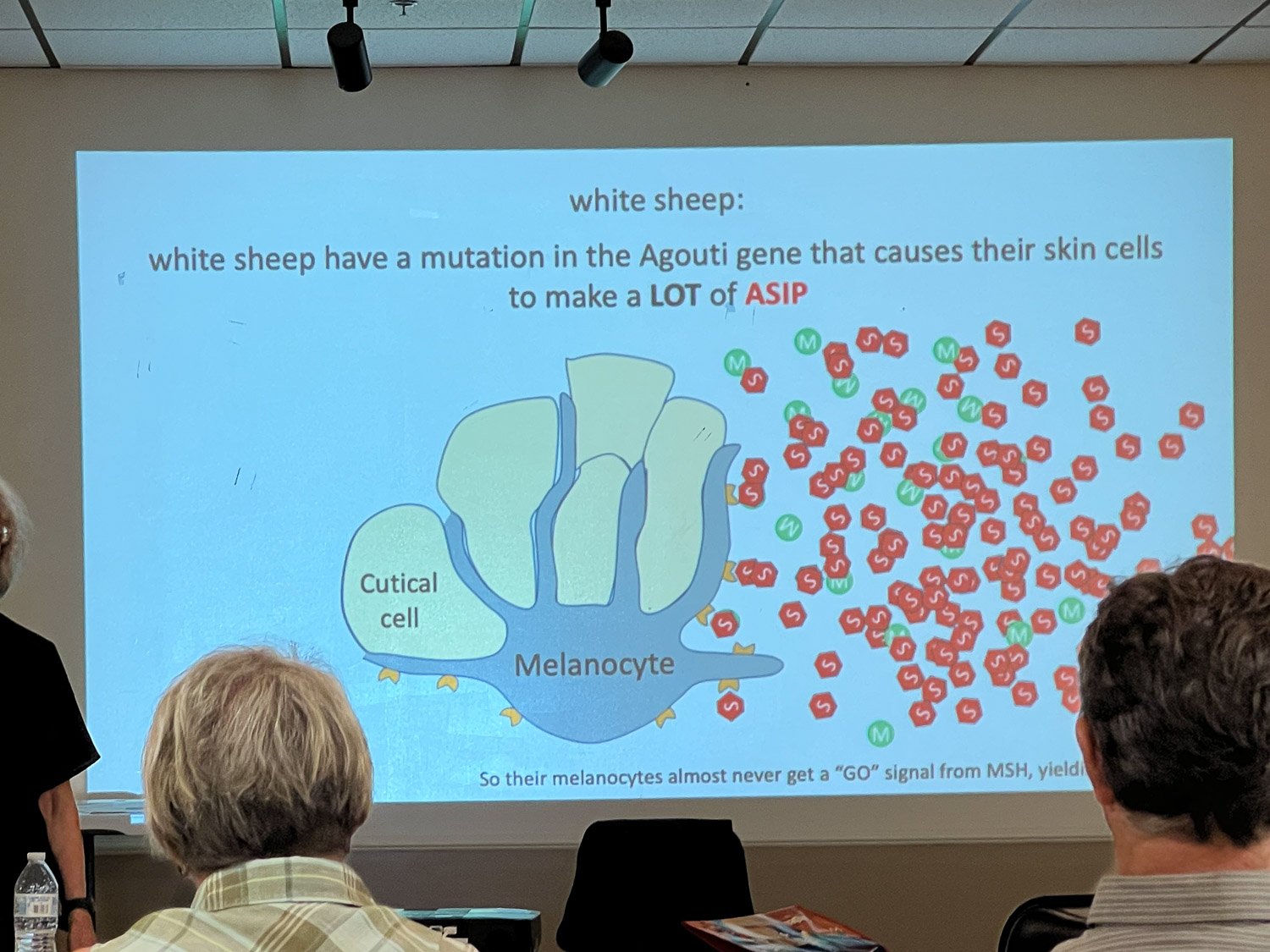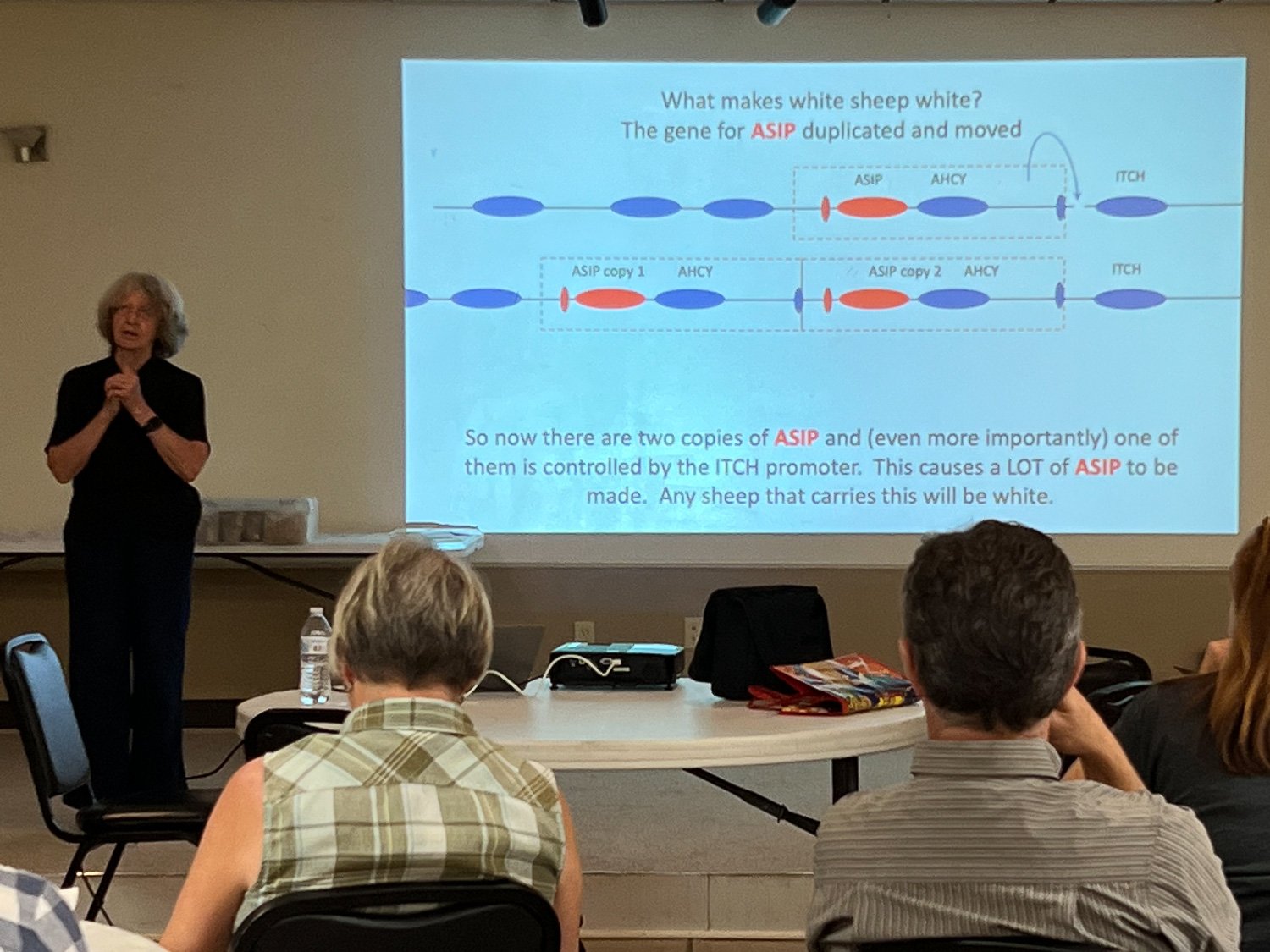TN-NC Adventure--Day 4
/If this is the first post you’ve seen about this topic, you can go backwards each day if you want to see more. Here is Day 3.
The plan for this trip began because of the JSBA AGM (Jacob Sheep Breeders Association Annual General Meeting) to be held in North Carolina the first weekend of August. Dan encourages me to go because after my 2019 accident directly followed by the pandemic I had this feeling that “I would never do anything again”. When I was talking to Katie about getting Kirby back to Texas from California, she suggested this idea! A win-win for everyone!
I usually document everything with photos, but I didn’t do a very good job on this part of the trip. After our time at Great Smoky Mountain National Park we drove to Weaverville, North Carolina where we checked in at the AirB&B I had booked. Photos from the AirB&B listing here. It was a great place to stay—a far different experience than the motels we stayed at on the rest of the trip. We drove to Marhsall, NC where the AGM was to be held and were there for dinner and to meet up with some people I have met a few times but mostly communicated with on-line. That was still Day 3.
After a pleasant and relaxing night at our house in Weaverville, on Saturday we drove back to the location of the AGM.
The program began with a talk by Dr. Polly Matzinger who works as an immunologist at NIH, but who also raises Gotland sheep and has an interest in sheep color genetics. She had lots of slides and explained how color is determined in sheep. I thought she explained things clearly, but at some point I got sort of lost—its a lot to take in all at once.
I took photos of some of the slides so I could review this later.
This is the part that got more confusing. I’d really like to hear this again. I think the second time around I might follow better.
So now I have gone down the rabbit hole on my computer by googling ASIP and ITCH and color. One reference was Australian Researchers Decipher Sheep Coat Color Genes . What follows here is a screenshot of what I read. I include this, not because I think you’ll read it all (but maybe a few of you will), but to illustrate how frustrating it is to read something written in English but is still a mystery.
Here is one more example I tried to read. Check it out at this link or read the abstract below.
Polly included some slides about the lilac color in Jacob sheep, but now I couldn’t explain that either.
Are you ready for sheep time?
Time for the barn. A few people had brought sheep to the AGM and we went to the barn to look at them. This was time reserved for the inspectors (me included) to discuss traits and answer questions. I did a skirting demo for those that wanted to watch that.
Two of the people who brought sheep are those from whom I got the sheep last summer (Patchwork Farm and Sweegrass).
We had a good dinner and enjoyed talking with Polly Matzinger who sat at our table and talked about her experiences with her own sheep and her job with NIH that is now focused on COVID research.











